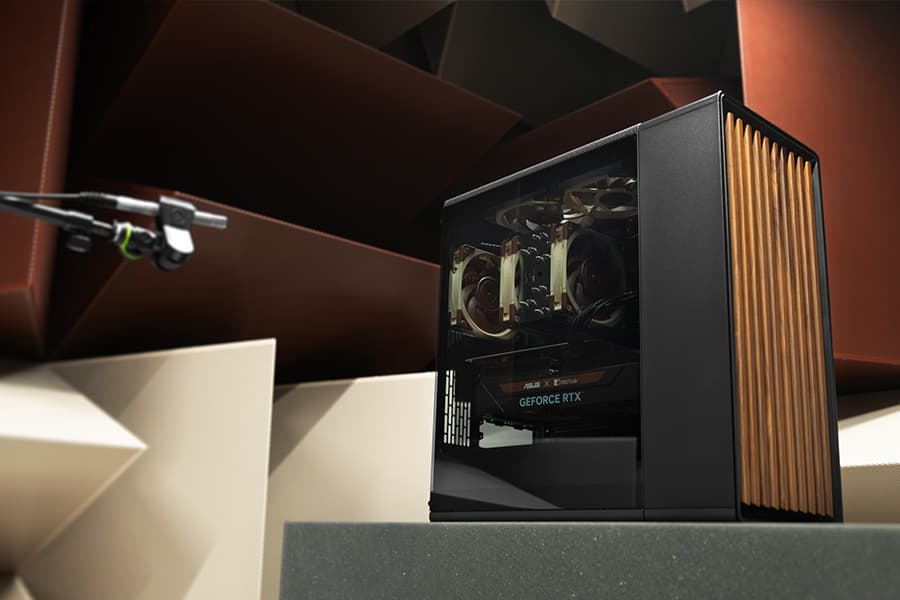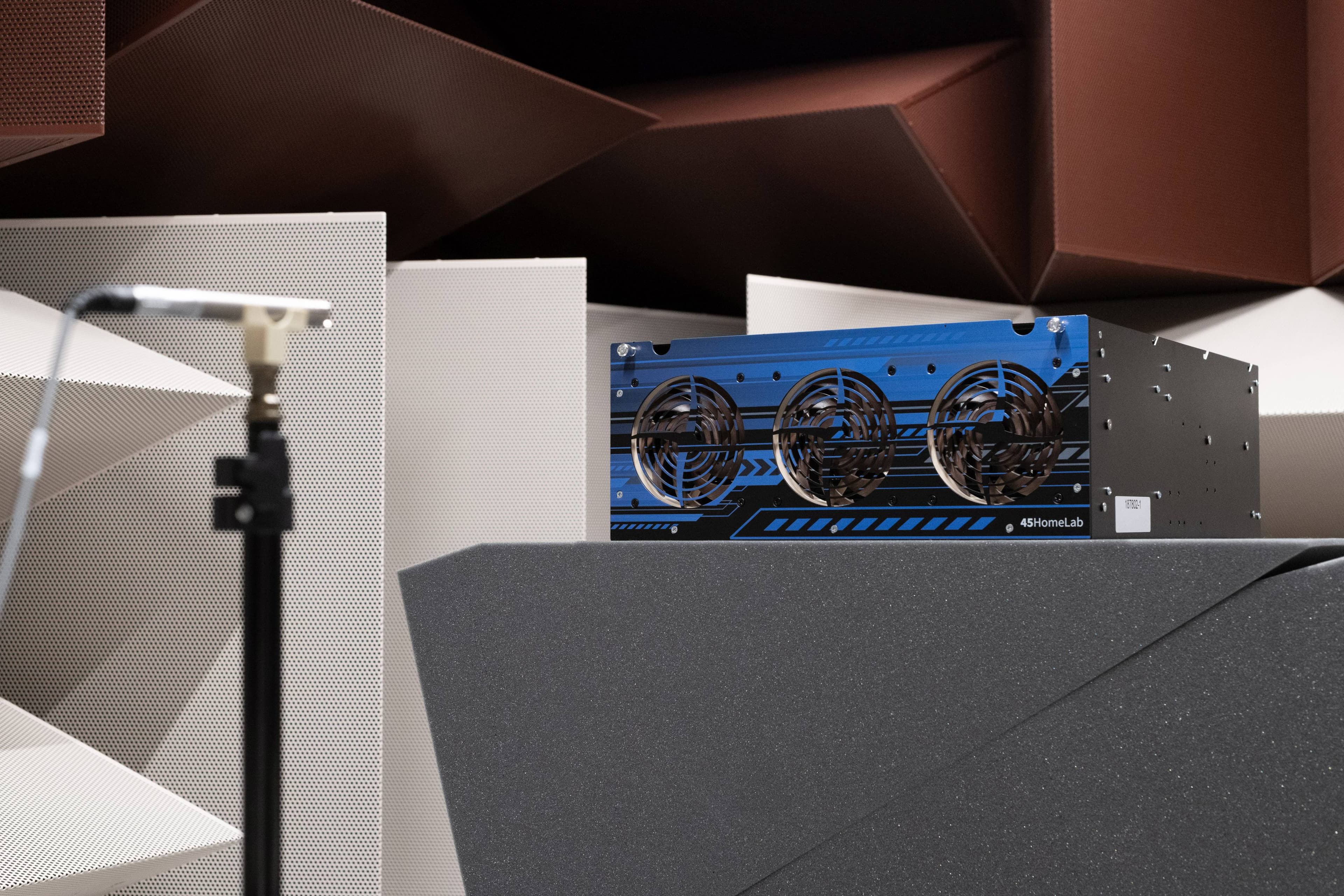You specify airflow in m³/h, how can I convert it to CFM?
In accordance with the International System of Units (SI system), Noctua specifies volumetric flow rate (airflow) using the SI unit of cubic metres per hour (m³/h).
You can also find airflow rates in cubic feet per minute (CFM) in the Specifications tab on our product pages. When browsing our fans on the overview page, hover over the airflow value in m³/h to display it in CFM.
The SI unit m³/h can easily be converted to cubic feet per minute (CFM): 1 m³/h equals ~0.589 CFM and 1 CFM equals ~1.699 m³/h.
Some values and their conversions are presented in the table below.
m³/h | CFM |
|---|---|
5 | 2.94 |
10 | 5.89 |
20 | 11.77 |
30 | 17.66 |
40 | 23.54 |
50 | 29.43 |
60 | 35.31 |
70 | 41.20 |
80 | 47.09 |
90 | 52.97 |
100 | 58.86 |
110 | 64.74 |
120 | 70.63 |
130 | 76.52 |
140 | 82.40 |
150 | 88.29 |
160 | 94.17 |
Related articles
Want to know more on this topic? Explore relevant articles and resources.

How Noctua cooling enhancements made the Framework Desktop even better
Framework & Noctua teamed up to boost thermal efficiency in their modular, AI-ready mini-PC, using the NF-A12x25 fan.

Which fan setup works best in the Fractal Design North?
Fractal Design’s North case and our NF-A12x25 fans are a great match, both visually and from a performance point of view: But which configuration offers optimal performance?

How Noctua fans make 45HomeLab’s HL15 chassis run cooler and quieter
By opting for the Noctua upgrade option with NF-A12x25 PWM fans, HL15 users can achieve higher cooling performance and lower noise levels at the same time.

NA-IS1 performance guidelines
Inlet spacers can reduce turbulence in suction applications, improving both acoustics and performance. But how do these improvements vary across fan models and applications?













